项目名称:全球股票投资策略分析与应用
项目时间: 2023年2月 - 2023年4月
项目概述:
本项目基于全球宏观经济与金融市场的分析,运用多种投资策略制定了股票投资组合,并对其表现进行了评估。
主要职责:
- 宏观经济分析:通过对中美两国的利率、货币供应量和CPI的分析,制定了投资策略,决定将更多资金投入中国股市,增加美国债券投资。
- 投资组合构建:根据风险偏好,选择了包括医药、制造业、金融等在内的多行业股票,并结合CAPM模型、PE分析等工具进行个股筛选。
- 绩效评估:运用夏普比率、特雷诺比率和詹森阿尔法等指标对投资组合的表现进行回测,评估其风险调整后的收益率。
- 风险管理:设定了投资上限和下限,避免了因市场波动带来的重大损失。
项目成果:
- 成功构建了多元化投资组合,并通过多次回测优化了投资策略。
- 分析了市场的波动性,发现中美市场对信息反应的速度差异较大,提出了针对不同市场的投资策略调整建议。
Current economic and Finance situation:
This investment in securities would be based on a Bottom-Down method. Thus, starting with an analysis of the Current economic situation.
The current interest rate of the invested economy
The linkage between interest rate and stock return can be a simple logic: The increase in interest rate leads higher discount rate and hence reduce the firm value. Past literature provided sufficient empirical evidence between interest rate and stock return. For example. Kim (2003) discovered a negative relationship between them in accordance with agency theory. Thomas (2023) explored negative relationships within the US stock market.
The investment is mainly based on 2 economies: China and the United states.
The current 10 years-bond in the United States:
Source: Yahoo Finance
The current 10 years-bond in the China:
Source: Wall street journal
In accordance with the data Chart. The US market increased the interest rate in the past time, while the Chinese market decreased the interest rate. From the chart, both lines shows some characteristics of autocorrelation with the past trend, thus I believe that the trend will not shift within investing period. Based on this logic, the following investment decisions are being made: Investing more equity in China and investing more bonds in the US.
Current money supply
Baharumshah et.al(2009) detected a positive relationship between M2 money supply and stock price within the Chinese market. In my logic, increasing the money supply leads to a higher stock price as excess money flows to the stock market. To prove it, I set up 3 pools (an investment pool, saving pool, and consumption pool) with very simple logic if the increase in CPI is less than the increase in M2, this means more emerging money flowed into the investment pool and push the stock price.
Current M2 in China
Source: Trading economics
Current CPI in China
Source: People’s bank in China
As shown in Chart, the Cpi index decreased as the M2 money supply increased in 2023. This means more emerging money flowed to investment or saving as more currency emerged in the market.
China - Gross Savings (% Of GDP)
Source: World Bank
From the statistics. It can find that the saving increased by 6% last year while M2 increased by 12% in 2022. This could illustrate that more money flowed into the investment pool and the latter is expanding. Moreover, eliminating real estate from that may illustrate whether the investment in security in China is profitable.
Change in Real estate prices in China
Source: National Bureau of Statistics of China
As the money supply increase, real estate and consumption are reduced. Thus, I get the following conclusion based on my logic and analysis: More money is flowing into the security market in China and hence the stock price in China is going to increase.
Political consideration
In recent years, the global economy has become increasingly complex, with the China-Us trade war and the Covid-19 pandemic leading to a global economic downturn. To stimulate their economies, governments flooded markets with liquidity through the OMO, which led to inflation and forced central banks to raise interest rates to shrink their balance sheets in 2023. Meanwhile, Russia's aggression in Ukraine has created a food and energy crisis. In the current environment, controlling risk should be a priority. In fact, I don't think this is a good time to invest in equity assets.
Effective market hypothesis
However, this leads to a problem with market efficiency in China. If the stock price already illustrates the current announcement of fiscal policy, it seems to lack space to earn from it. However, Jiang and Kim(2014) state that the legal environment in the Chinese market is relatively weak and information asymmetry had been widely existing. Thus, I believe that China has a relatively weak market efficiency, and the information will take more time to react to that.
Investment Philosophy
“An investment philosophy is a coherent way of thinking about markets, how they work (and sometimes do not), and the types of mistakes that you believe consistently underlie investment behaviour” Damodaran (2012a, p.2)
Risk aversion
Risk is a vital part of the trading philosophy. This is not only linked to finance theories but also linked to personal belief or philosophy. As a traditional Confucian believer, I pay more attention to stability and long-term value, and I may have a certain aversion to investment risks. Confucianism emphasizes "benevolence, integrity, modesty, and steadfastness," and these qualities are reflected in my investment strategy. Since my educational and religious background, stocks with a stable return with limited volatility or variance becomes my key belief. For the investment in securities, there are no alternative choices like stock options or futures to manage the risk. Thus, using an upper and downward boundary to limit my risk.
According to that, I set a limit of 20 percent of invested securities, which means that if the price goes upward for 20 or downward for 20, the share will be sold.
Time horizon
According to my analysis style. I choose to invest in some value stocks. Therefore, time becomes an important part of my analysis. As a fundamental analyst, once invested in a share, I will not look at it until the end of the investment period. The only reason to withdraw a stock means that it breaks my limit boundary.
Fundamental analysis
Fundamental analysis is a method of estimating the value of a company's stock that places less emphasis on historical price patterns and focuses instead on evaluating the company's activities and prospects through financial reports and other sources of information (Fundamental Analysis, 1996). Therefore, using top-down fundamental analysis supports me to identify undervalued stocks accordingly by looking downward from the global economy to individual stocks.
Investment strategy - Stocks
Selection of active or passive
There are 2 debating investing styles of portfolio management, active management, and passive management.
In my philosophy, I select active management as my style according to following reasons:
Firstly, it is hard to track the market as there is a huge number of listed companies in China.
Listed firms in Shanghai SSE
Source: Statista
As there are more than 2000 firms traded in Shanghai. It is difficult to track the portfolio with a changing weight personally. Even with help of Computing software or AI tools, it is still extremely expensive with the trading cost.
Although there were tools like mutual funds or ETFs that offer passive management. I was not confident enough about their returns. For example, the chart of the Shanghai SSE Composite Index below:
Source: Google Finance
According to the chart. It seems that the Shanghai SSE index continues to sustain around 3000 points for 5 years, the line looks like a moving average line of around 3000. It seems hard to get a good return with ETF investing. Therefore, using an active management style to chase abnormal returns becomes my strategy (Using styles to chase for hidden value).
Diversification

To remove some of the systematic risks within the investment. Diversification is required: The diversification of the portfolio is based on 2 dimensions: Regions and industry. According to my risk aversion. I choose the following strategy: Invested in China main with some in the United States for diversification. And secondly, invested in different mature industries, including medicine, Manufacturing and Banks etc.
P/E analysis and strategy setting
The P/E ratio refers to the price/earnings of the relevant firm. Anderson, K and C Brooks (2006) suggest that the power of effect of P/E valuation has been severely underestimated until now because of the short-term view of earnings. Many empirical pieces of research detected the effectiveness of the price/earnings ratio. Houmes and Chira(2015) found Lower Returns for companies with high insider ownership and lower P/E ratios. Lam (2002) detected a negative relationship between the P/E ratio and stock return in a cross-sectional dimension. Thus, selecting P/E as one of my relative valuation techniques.
CAPM beta
Sharpe (1964) and Lintner (1965) introduced the Capital Asset Pricing Model (CAPM) to investigate the relationship between the expected return and systematic risk. The beta of the CAPM model can be a very good indicator to measure the systematic risk of a stock. As stated in the Active Management section. I believe that the Shanghai SSE index was a moving average lane with a mean value of 3000 points. This means that the current index of 3300 will drop to 3000 in long run. Hence it becomes important to be careful about the beta value. According to that, I set a standard that the beta of the selected firm must be less than 1. Note that the limitation on beta on being used on SSE stocks, not US stocks.
ROE
Return on equity (ROE) expresses earnings per dollar of invested equity.
Asset means an item that generates future cash flow. And equity means asset minus the liability. Personally, I believe that the equity in the statement of financial position has more explanatory power compared with the asset as it eliminates the liability of the asset. Thus, ROE becomes an important benchmark in my investment.
DDM
The dividend discount model refers to the PV of future dividend discount to the current period with the following equation:
DDM model offers a decisive option for value investing. However, this investment will not focus on it due to my personal belief in the dividend irrelevance theory developed by Modigliani and Miller (1961). The authors put forward the dividend irrelevance theory, which postulates that in a perfect capital market, the dividend policy of a firm has no effect on its value. Instead, the value of the firm is solely determined by its investment opportunities, as investors can create homemade leverage to achieve the desired level of risk. According to the work on the dissertation (testing some of MM assumptions within the Chinese market). I found that the Modigliani and Miller (1961) theory has strong explanatory power. Therefore, I do not consider DDM as one of the valuation tools in my fundamental analysis.
Solvency and leverage of the firm
Going concern issue is an important indicator of the risk of the relevant firm. The report on risk is relevant by focusing on the most relevant issues such as liquidity, solvency, and operational matters (FRC,2021). Thus, the quick ratio and leverage is an important indicators of a firm’s risk measurement. Therefore, setting the benchmark (quick ratio >1 and leverage <0.6)
Investment strategy – bonds
As a conservative investor, credit ratings, maturities, yields, and market liquidity are factors I consider. Bonds with higher credit ratings, shorter maturities, lower yields, and better market liquidity are generally less risky and fit my investment philosophy.
Thus, Bond consists of corporate bonds and Treasury bonds, both of which have long-term maturities that fit my strategy and follows my prediction of increasing treasury-bill rate.
Rationale behind investment
Asset allocation
Conservative investor: As a conservative investor, holding more cash and bonds. Because these assets are more stable than stocks and do better when markets fall. Cash is also easier to move around than other assets when need it quickly. So, I made the following asset allocation.

The portfolio is 34 percent stocks, 20 percent bonds and 40 percent cash. Since the primary objective is to control risk and invest for the long term, bonds and cash are chosen for risk management purposes.
Industry allocation

Medicine
The medical profession is generally regarded as a relatively stable industry. In addition, with the aging trend in China, the demand for healthcare will continue to grow in long term. Therefore, healthcare stocks may be considered a safer investment choice.
The birth rate of China
Source: World Bank
Finance
A piece of current news about the banking system in China is about the central bank (People’s Bank of China). The central bank announced to cuts banks’ reserve ratio for the first time in 2023 to support recovery. (CNBC,2023) This could be good news because banks can lend more money outside to earn interest. Thus, investing in the Banking system in China becomes my choice when investing started. Also, many commercial banks have stable cash flow and low P/E ratios. This follows my characteristics of low-risk aversion.
Manufacturing
Manufacturing has a lot of growth potential in many different sectors, such as automotive, semiconductor, and aerospace. The demand for these industries is increasing with population growth, technological progress, and economic development, so more opportunities are likely to arise in the future.
According to previous industry analysis, 33 percent of stocks were allocated to manufacturing companies, 21 percent to established banking companies, and 34 percent to liquor companies. I invested conservatively and made a few speculative moves.
Benchmark setting
Based on my previous analysis, Set the following benchmark for my securities:
Finance and banking industry
| P/E | <7 |
| P/B | <1 |
| ROE | >40 |
| Leverage | <0.9 |
| Net profit margin | >30 |
| Beta | <1 |
Manufaturing
| P/E | <7 |
| P/B | <1 |
| ROE | >40 |
| Leverage | <0.9 |
| Net profit margin | >30 |
| Beta | <1 |
Medicine
| P/E | <30 |
| P/B | <3 |
| ROE | >15 |
| Leverage | <60 |
| Net profit margin | >20 |
| Beta | <1 |
Selection of single securities
Medicine
000650 Renhe pharmacy
| P/E | 14.9 |
| P/B | 1.62 |
| ROE | 8.68 |
| Leverage | 0.1418 |
| Net profit margin | 32 |
| Beta | 0.34 |
600566 Hubei Jumpcan Pharmaceutical Co Ltd
| P/E | 13 |
| P/B | 2.58 |
| ROE | 21.9 |
| Leverage | 24.22 |
| Net profit margin | 24.13 |
| Beta | 0.82 |
688799 Hunan Warrant Pharmaceutical Co Ltd
| P/E | 19 |
| P/B | 2.38 |
| ROE | 11.780 |
| Leverage | 16.39 |
| Net profit margin | 18.7 |
| Beta | 0.74 |
Four factors to consider when buying shares of the pharmaceutical companies: They have a relatively low valuation (P/E ratio of 13), solid financial performance (P/B ratio of 2.58, ROE of 21.9%, net margin of 24.13%), low-risk investments (Beta coefficient of 0.82), and good industry prospects (pharmaceutical prospects as China's population ages increase).
Wine
Kweichow Moutai Co. Ltd.
| P/E | 35 |
| P/B | 11 |
| ROE | 30 |
| Leverage | 19.42 |
| Net profit margin | 50.4 |
| Beta | 0.92 |
In 2021, the operating revenue of Chinese liquor enterprises was 603.35 billion yuan, an increase of 18.6% shown over the last year, and the profit totaled 170.19 billion yuan, an increase of 32.95 percent year. (Kweichow Moutai annual report,2021) Thus, the consumer demand for high-end drinks in China has remained steady and expanding.
Manufacturing
Universal Scientific Industrial (Shanghai) Co. Ltd. (601231)
| 13 | |
| P/B | 2.62 |
| ROE | 21.4 |
| Leverage | 52.6 |
| Net profit margin | 22.6 |
| Beta | 0.84 |
Tesla Inc
| P/E | 35 |
| P/B | 2.62 |
| ROE | 31.2 |
| Leverage | 41.3 |
| Net profit margin | 23.54 |
| Beta | 1.50 |
Banking industry
Wuxi Rural Commercial Bank Co. Ltd. A
| P/E | 6.02 |
| P/B | 0.82 |
| ROE | 13.01 |
| Leverage | 90.78 |
| Net profit margin | 44.66 |
| Beta | 0.74 |
Barclay
| P/E | 5.92 |
| P/B | 0.39 |
| ROE | 8.02 |
| Leverage | 92 |
| Net profit margin | 20.04% |
| Beta | 1.44 |
601988 Bank of China ltd
| 4.67 | |
| P/B | 0.52 |
| ROE | 10.81 |
| Leverage | 91.12 |
| Net profit margin | 36.8 |
| Beta | 0.92 |
Agriculture
601952 Jiangsu Provincial Agricultural Reclamation & Development Co. Ltd.
| P/E | 18,7 |
| P/B | 2.60 |
| ROE | 13.34 |
| Leverage | 54 |
| Net profit margin | 8.26 |
| Beta | 0.91 |
HKG:9618 JD.com Inc
Selection of this stock was not my basic strategy. This reason is that I received the news that this company will use Chatgpt to do their business. Hence, I wanted to speculate on this news. But surprisingly, the price of HKG9618 was reduced by 18 percent during the next week. After that, this stock being sold and leads to 20000 losses of my funds.
Stock open positions.
| Company Name | Market value | Return |
| Ren he Pharmacy Co Ltd | 13824.72 | -4.67% |
| WULIANGYE | 43024.8 | 3.03% |
| HONGQI | 4455.36 | 5.15% |
| KWEICHOW MOUTAI ' | 79497.6 | 0.11% |
| Hebei Hong Cheng General Machinery Co Ltd | 10366.72 | -2.63% |
| Wuxi Rural Commercial Bank Co Ltd | 23499.84 | -4.61% |
| Universal Scientific Industrial (Shanghai) Co Ltd | 12878.32 | 11.68% |
| Jiangsu Provincial Agricultural Reclamation | 10317.22 | -4.37% |
| BANK OF CHINA LTD | 40846.62 | 4.59% |
| Hunan Warrant Pharmaceutical Co. Ltd. | 26804.96 | 1.71% |
| Barclays PLC | 28126.01 | -17.1% |
| Tesla Inc | 124476 | 0.01% |
Performance-return
| Date | Portfolio | AR | logreturn |
| 2/8/2023 | 569989.3 | -0.000 | -0.000 |
| 2/9/2023 | 569997.4 | 0.000 | 0.000 |
| 2/10/2023 | 568191.4 | -0.003 | -0.003 |
| 2/13/2023 | 567887.8 | -0.001 | -0.001 |
| 2/14/2023 | 567457 | -0.001 | -0.001 |
| 2/15/2023 | 567280.2 | -0.000 | -0.000 |
| 2/16/2023 | 568667.2 | 0.002 | 0.002 |
| 2/17/2023 | 566501.1 | -0.004 | -0.004 |
| 2/20/2023 | 566134 | -0.001 | -0.001 |
| 2/21/2023 | 563745.9 | -0.004 | -0.004 |
| 2/22/2023 | 562840.2 | -0.002 | -0.002 |
| 2/23/2023 | 561917.4 | -0.002 | -0.002 |
| 2/24/2023 | 557934.1 | -0.007 | -0.007 |
| 2/27/2023 | 562237.5 | 0.008 | 0.008 |
| 2/28/2023 | 561587.1 | -0.001 | -0.001 |
| 3/1/2023 | 563138.9 | 0.003 | 0.003 |
| 3/2/2023 | 553095.5 | -0.018 | -0.018 |
| 3/3/2023 | 557843.4 | 0.009 | 0.009 |
| 3/6/2023 | 554959.5 | -0.005 | -0.005 |
| 3/7/2023 | 547436.5 | -0.014 | -0.014 |
| 3/8/2023 | 543944.6 | -0.006 | -0.006 |
| 3/9/2023 | 537024.6 | -0.013 | -0.013 |
| 3/10/2023 | 535853.1 | -0.002 | -0.002 |
| 3/13/2023 | 537787.5 | 0.004 | 0.004 |
| 3/14/2023 | 541647.7 | 0.007 | 0.007 |
| 3/15/2023 | 539322.4 | -0.004 | -0.004 |
| 3/16/2023 | 544162 | 0.009 | 0.009 |
| 3/17/2023 | 539855.3 | -0.008 | -0.008 |
| 3/20/2023 | 540034.7 | 0.000 | 0.000 |
| 3/21/2023 | 552175.2 | 0.022 | 0.022 |
| 3/22/2023 | 549279.8 | -0.005 | -0.005 |
| 3/23/2023 | 552697.6 | 0.006 | 0.006 |
| 3/24/2023 | 548581.2 | -0.007 | -0.007 |
| 3/27/2023 | 547974.2 | -0.001 | -0.001 |
| 3/28/2023 | 548485.9 | 0.001 | 0.001 |
| 3/29/2023 | 552325.7 | 0.007 | 0.007 |
| 3/30/2023 | 554954.5 | 0.005 | 0.005 |
| 3/31/2023 | 563764.6 | 0.016 | 0.016 |
Performance evaluation-Benchmark with Shanghai Composite 300
CAPM beta
CAPM beta can be used to measure the systematic risk and used to trace Jensen’s alpha.
To conduct the CAPM beta of the portfolio. Firstly, eliminating the cash within the portfolio. Secondly, eliminating the investment in the US equities and investment in bonds. After that, setting the 10-year US treasury bill rate as the risk-free rate. Also, using SSE composite as the market return of the portfolio.
Therefore, the frontier setting is being conducted. Hence a regression analysis can be conducted.
Linear regression
| daily return | Coef. | St.Err. | P | Sig |
| Market premium | 0.401 | .31 | .03 | * |
| Constant | .001 | .002 | .585 |
According to the regression result. The CAPM beta of the portfolio is 0.40, illustrating that the exposure of my portfolio is lower than that of the market portfolio.
Treynor ratio
Treynor (1965) introduced a portfolio performance measure that includes risk characteristics. The Treynor ratio assesses an investor's ability to achieve excess returns compared to riskless investments by analyzing the risk premium per unit of systemic risk in a portfolio.
2 mouths portfolio return = -0.010939
My portfolio return for the past two months is -1.09393%, and the corresponding annualized return is -6.56%. While the average risk-free rate (US treasury bill rate) is 0.0371. Note that this calculation is an estimate based on past returns and does not guarantee future performance.
Treynor Ratio = (Rp - Rf) / βp = -0.1024 / 0.40 ≈ -0.256
Thus, a negative Treynor ratio of 0.3793 was calculated. A Traynor index of -0.3793 means that the excess return of a portfolio with each unit of market risk is negative relative to the risk-free investment. The portfolio underperformed the market and earned less than the risk it took. That means the portfolio's risk-adjusted performance underperformed that of the market.
Sharpe ratio
Sharpe (1964) introduced a measure to assess portfolio performance in terms of total risk. It measures the excess return of a portfolio compared to a risk-free investment. The Sharpe ratio is a risk-adjusted measure of return. The Sharpe ratio of my portfolio is -0.56, it means that the return on the investment is -0.56 standard deviations below the risk-free interest rate.
This means that the investment has a negative risk premium, indicating that the investor is losing money after adjusting for risk. The investment did not adequately compensate the investor for the risk he or she is taking.
Jensen’s Alpha
Jensen (1968) states a risk-adjusted measure based on the Capital Asset Pricing Model (CAPM), which measures the level of the excess return of a portfolio relative to the level of risk.
Linear regression
| excess_return | Coef. | St.Err. | t-value | p-value | [95% Conf | Interval] | Sig |
| excess_market | .42 | .316 | 1.33 | .194 | -.224 | 1.064 | |
| Constant | -.003 | .003 | -1.10 | .281 | -.008 | .002 | |
According to the regression result. Jensen's alpha is -0.03, indicating that the actual return of the portfolio is lower than the return expected by the CAPM model, and this difference is not only caused by the risk coefficient of the portfolio but there is a negative "alpha" value, so that the portfolio did not get the expected excess return.
Information ratio
The information ratio (IR) is the ratio of portfolio returns above the benchmark (index) returns to the volatility of those returns, and it measures a portfolio's ability to generate excess returns relative to the benchmark.
IR= (-.0002362 – (-.0000618)/ (0.0072583- 0.0072724 )= 12.368794
The Information Ratio of the investment portfolio is 12.368794, which means that the investment portfolio can obtain 12.368794 units of excess return for each unit of excess risk it undertakes compared with its benchmark portfolio. Note that the average value is daily-based.
Performance-volatility
Descriptive Statistics
| Variable | Obs | Mean | Std. Dev. | Min | Max |
| Daily_return | 41 | 0 | .008 | -.018 | .022 |
The portfolio returns are relatively stable and the standard deviation is small, indicating that investors have low risk and stable returns. The distribution of returns shows sharper spikes, indicating higher returns for some assets and lower returns for others. The distribution is slightly skewed to the right, but not too much. There are no extremes in the portfolio, indicating balanced performance between assets, and no instances of abnormal performance.
Performance – Reasons of negative return
Overall, this is not a satisfactory investment with a slightly negative return. Several reasons may cause this investment failure.
As a value investor, I have a limited time horizon in the stock market, no more than two months, but I believe stock prices will rise over the long term. Similarly, an emergency such as the failure of Silicon Valley Bank could quickly affect the stock market, resulting in losses on investments such as my Barclays investment. My forecasts for macroeconomic factors, such as Treasury yields, were wrong, and I failed to consider the type of market competition, leading to a misjudgement of corporate profitability. As an individual investor, information asymmetry also affects my investment decisions, but considering audit quality in investment strategy may reduce its impact.
Learning from the investment
The volatility of the different market
From Stocktrack simulation, I find that volatility varies greatly from market to market. The only two U.S. stocks (Barclay and Tesla) have been extremely volatile. Most SSE shares haven't moved much. Much of this can be attributed to differences in market efficiency. As the world's most developed financial market, US stocks may be faster to react on information compared Chinese stocks. I need to adjust my judgment according to different markets next time.
The impact of US news on Chinese market
U.S. market news and Treasury yields have long been considered a bellwether for global stocks. When the Silicon Valley Bank time happened, my Barclays had a huge decline. China's banks, however, seem unfazed by this. This leads me to suspect that perhaps American information has little effect on Chinese stock prices and the US market is not closely correlated with the Chinese market. It needs to be factored into the next investment in the China story, such as using ten-year Chinese government bonds as a risk-free yield on the Chinese market.
Needs to understand the business running of the firm
When JD.com Inc announced the use of Chatgpt, I bought it instantly and wanted to speculate from it. However the share price dropped down fast. I think this may be caused by my lack of judgment on the company's business. As an online shopping company, perhaps artificial intelligence cannot generate higher profits. Consideration of the company's business such as inclusion in the schedule, understanding of the company's manufacturing, supply and demand, pricing, order volume and shipment may help me to price better. Doing more background research on the company and understand its business model is required before next investment.
Reference list:
Kim, J.-R. (2003) “The stock return-inflation puzzle and the asymmetric causality in stock returns, inflation and real activity,” SSRN Electronic Journal [Preprint]. Available at: https://doi.org/10.2139/ssrn.2785027.
Baharumshah, A.Z., Mohd, S.H. and Yol, M.A. (2009) “Stock prices and demand for money in China: New evidence,” Journal of International Financial Markets, Institutions and Money, 19(1), pp. 171–187. Available at: Redirecting.
Treasury yield 10 years charts, Data & News (2023) Yahoo! Finance. Yahoo! Available at: https://finance.yahoo.com/quote/%5ETNX?p=%5ETNX (Accessed: April 23, 2023).
The Wall Street Journal (2023) China 10 Year Government Bond,. Available at: https://www.wsj.com/market-data/quotes/bond/BX/AMBMKRM-10Y (Accessed: April 23, 2023).
China money supply m2march 2023 data - 1996-2022 historical - April forecast (2023) Available at: https://tradingeconomics.com/china/money-supply-m2 (Accessed: April 23, 2023).
China consumer price index (cpi)March 2023 data - 2016-2022 historical (2023) Available at: https://tradingeconomics.com/china/consumer-price-index-cpi (Accessed: April 23, 2023).
China newly built house prices 2011-2022 historical (no date) China Newly Built House Prices YoY Change - March 2023 Data - 2011-2022 Historical. Available at: https://tradingeconomics.com/china/housing-index (Accessed: April 23, 2023).
Damodaran, A. (2012) Investment philosophies: Successful strategies and the investors who made them work. Hoboken, NJ: Wiley.
SSE Composite Index Price, real-time quote & news (no date) Google Finance. Google. Available at: https://www.google.com/finance/quote/000001:SHA?sa=X&ved=2ahUKEwitzvaU37_-AhVDQkEAHTqnA88Q3ecFegQIGhAg (Accessed: April 23, 2023).
Slotta, D. (2022) China: Number of listed companies at Shanghai Stock Exchange (SSE) 2021, Statista. Available at: https://www.statista.com/statistics/982363/china-number-of-listed-companies-at-shanghai-stock-exchange/ (Accessed: April 23, 2023).
Lam, K.S.K. (2002) “The relationship between size, book-to-market equity ratio, earnings–price ratio, and return for the Hong Kong Stock Market,” Global Finance Journal, 13(2), pp. 163–179. Available at: Redirecting.
Dass, N., Eun, C.S. and Lee, J. (2008) “Evolution of earnings-to-price ratios: International evidence,” SSRN Electronic Journal [Preprint]. Available at: https://doi.org/10.2139/ssrn.1101552.
Houmes, R. and Chira, I. (2015) “The effect of ownership structure on the price earnings ratio — returns anomaly,” International Review of Financial Analysis, 37, pp. 140–147. Available at: Redirecting.
Chiang, T.C. (2023) “Real stock market returns and inflation: Evidence from uncertainty hypotheses,” Finance Research Letters, 53, p. 103606. Available at: https://doi.org/10.1016/j.frl.2022.103606.
Sharpe, W.F. (1964) “Capital asset prices: A theory of market equilibrium under conditions of risk,” The Journal of Finance, 19(3), p. 425. Available at: https://doi.org/10.2307/2977928.
Miller, M.H. and Modigliani, F. (1961) “Dividend policy, growth, and the valuation of shares,” The Journal of Business, 34(4), p. 411. Available at: https://doi.org/10.1086/294442.
FRC (2021). Going concern, risk and viability. Available at: https://www.frc.org.uk/getattachment/1778c4a6-bb89-45f7-8de5-e4737545a98d/COVID-19-Going-concern,-risk-and-viability-a-look-forward.pdf (Accessed: 11 April 2023)
China cuts banks' reserve ratio for first time in 2023 to support recovery (2023) CNBC. CNBC. Available at: https://www.cnbc.com/2023/03/17/china-cuts-banks-reserve-requirement-ratio.html (Accessed: April 23, 2023).
Kweichow Moutai Co. Ltd. (2022). Annual Report 2022. Available at: https://q.stock.sohu.com/newpdf/202352633715.pdf (Accessed: 11 April 2023).
Sharpe, W.F. (1964) “Capital asset prices: A theory of market equilibrium under conditions of risk*,” The Journal of Finance, 19(3), pp. 425–442. Available at: https://doi.org/10.1111/j.1540-6261.1964.tb02865.x.
Jensen, M.C. (1968) “The performance of mutual funds in the period 1945-1964,” The Journal of Finance, 23(2), pp. 389–416. Available at: https://doi.org/10.1111/j.1540-6261.1968.tb00815.x.
Treynor, J.L. (1965) “How to Rate Management of Investment Funds. Harvard Business Review, 43, 63-75.” Available at: https://doi.org/10.1002/9781119196679.ch35.
























 被折叠的 条评论
为什么被折叠?
被折叠的 条评论
为什么被折叠?








